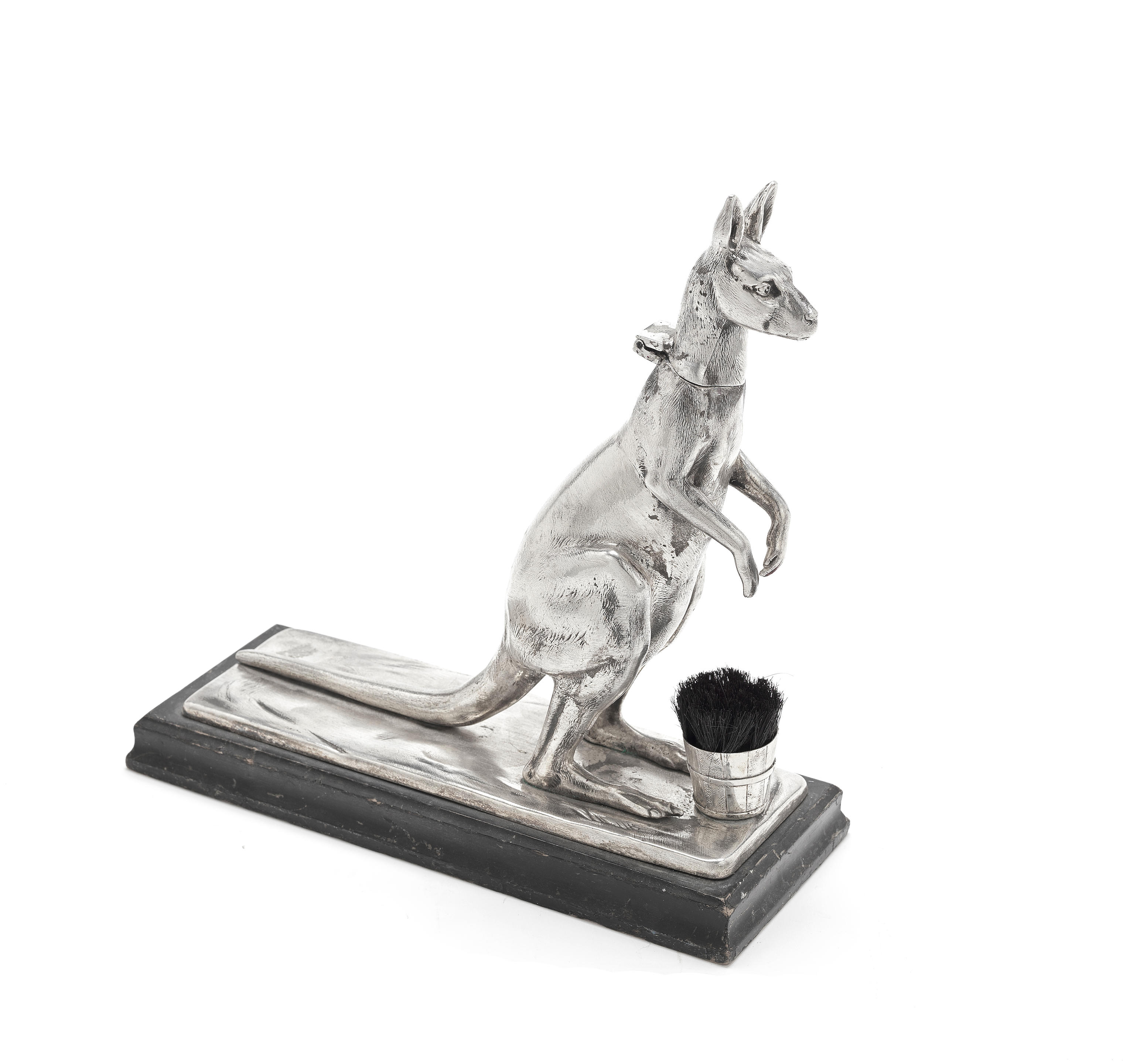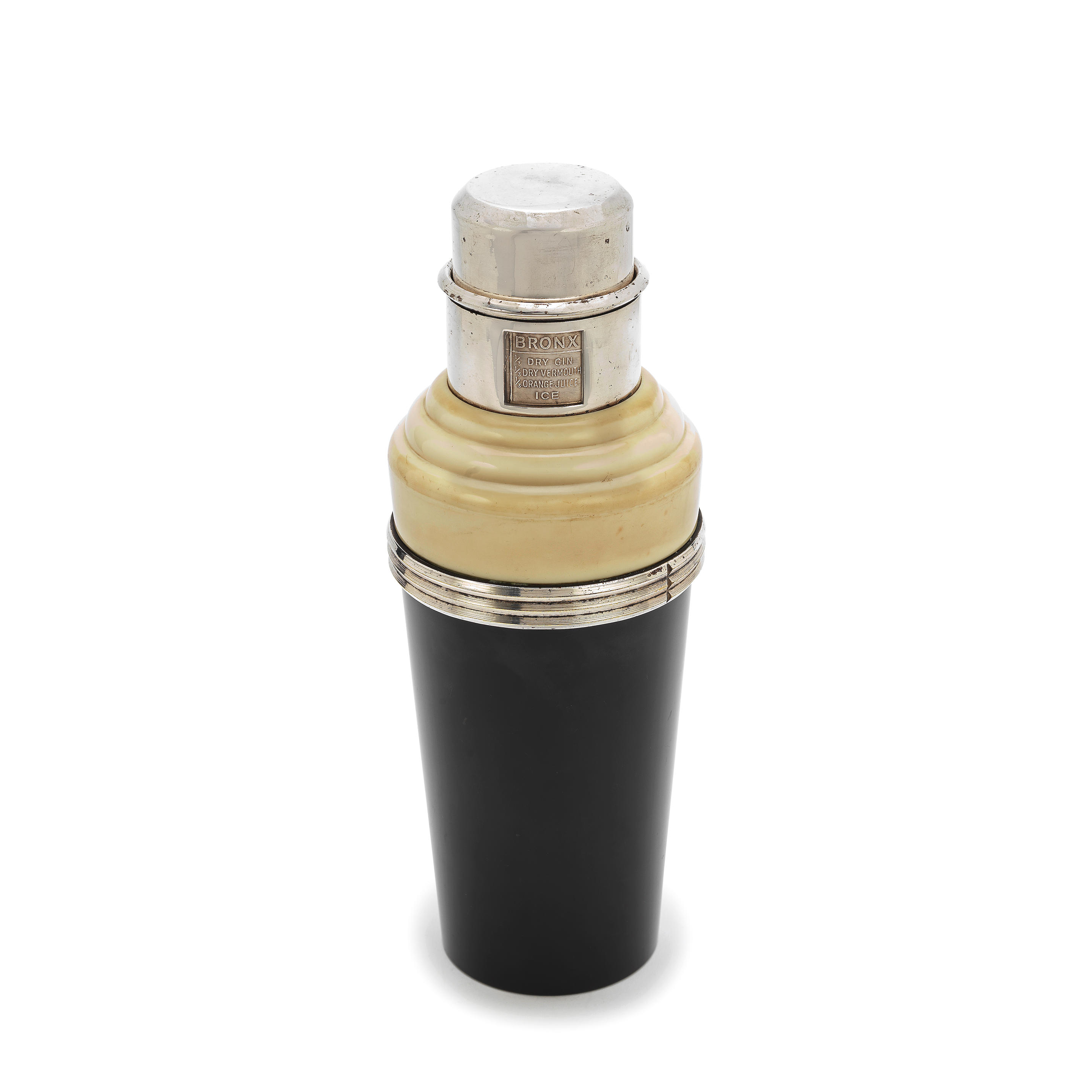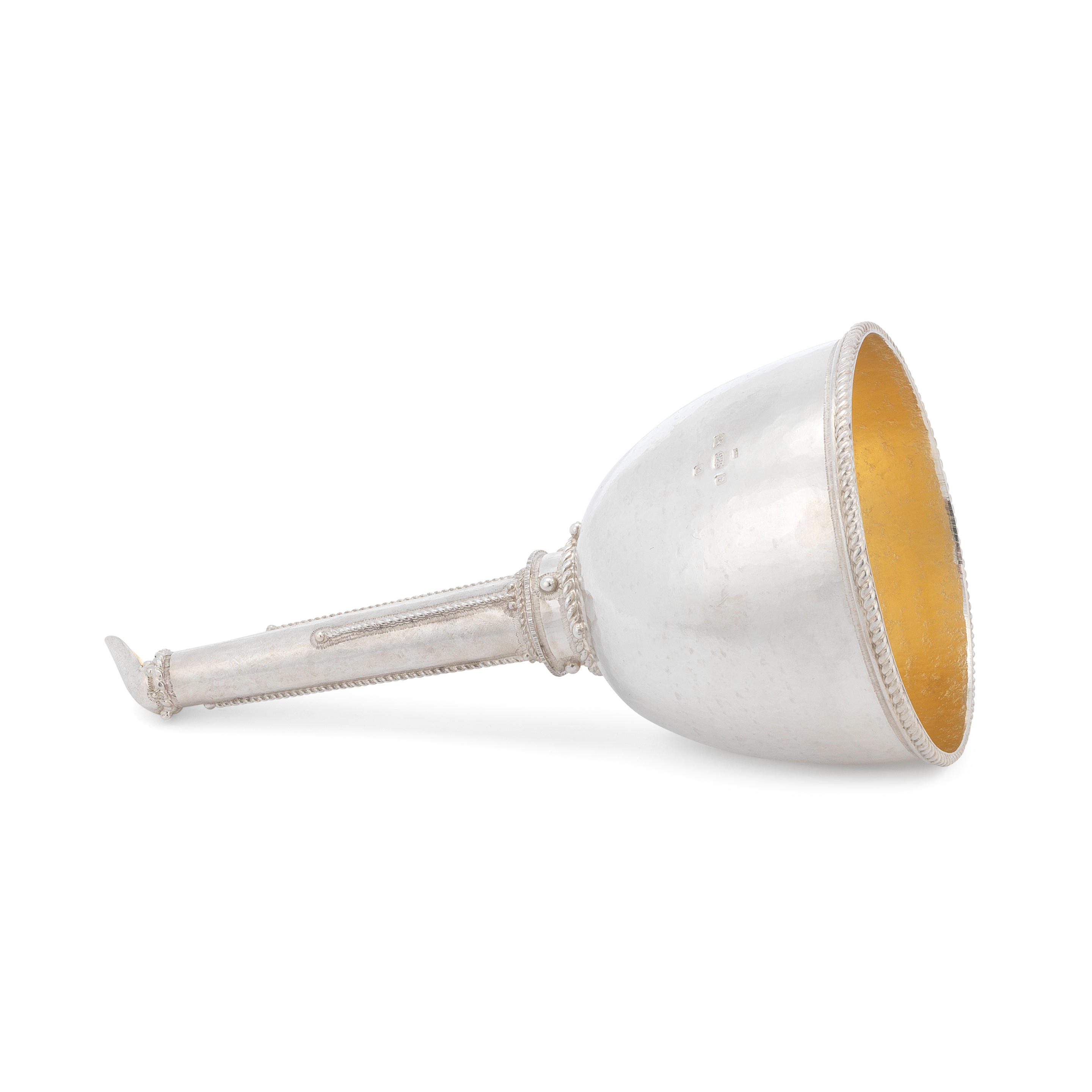Iohannes Haughton (probably John Houghton Irish, fl. 1741-1775): A mid 18th century sculpted white marble bust of Jonathan Swiftthe sitter looking to dexter wearing a cap over his curling long hair, his shoulders clad in drapery over an open chemise, mounted on a moulded square plate and plain square tablet socle inscribed SWIFT, and a further plain square tablet signed Iohannes Haughton Sculpt:, the whole raised on a later black painted composition and wood column pedestal and moulded square base, the bust, socle and signed square tablet, 84cm high, the pedestal, 134cm high (2)FootnotesPlease note that Robert Swift was the great great grandson of Jonathan Swift's uncle (Godwin Swift,1627-1695) and it was Godwin Swift who raised Jonathan when his own father died prematurely. Provenance Robert Swift Esq. (d. 1842), great great grandson of Jonathan Swift's uncle Godwin Swift, 1627-1695 who raised the writer when his own father died prematurely. By repute displayed at the Swift ancestral home, Swiftsheath, Kilkenny, Ireland. Presented in 1847 to Godwin Swift Esq., cousin of Robert Swift. Thence by descent to Godwin Swift Esq., grandfather of the present owner and author of a handwritten family record (one of a several) compiled between 1928 and 1940, whereby the bust is mentioned, possibly (by family tradition) via a George Swifte Ewbank Briggs Esq., who apparently also resided at the family home, Swiftsheath, until 1971. Thence by descent to the present vendor. Mention of the history of this bust and its sculptor John Houghton is made in the hand written family records of Godwin Swift, grandfather of the present vendor, where it can be traced back to his ancestor Robert Swift, who graduated from Trinity College Dublin in 1776, was married in 1781 and died in 1842. In these records a suggestion is also made that Houghton's bust may have been derived from the plaster death mask taken from Swift at his passing. However, it is likely further archive research on the subject may bring something more conclusive to light. Copies of the relevant pages of the family records are available on request and can be viewed online at www.bonhams.com. The attribution to the Irish sculptor John Houghton relates to the name Iohannes, which is the Greek translation of Johannes, itself a translation of John and the Irish surname Haughton, which is derived from its English equivalent, Houghton. John Houghton is recorded in 'A Dictionary of Irish Artists' published in 1913 with the apparent following listing: 'A clever artist working in Dublin in the middle of the eighteenth century, principally as a woodcarver. In 1741 the Dublin Society awarded him a premium of fifteen pounds for the best piece of sculpture submitted to them; and in 1742 twenty pounds for another piece, 'St Paul Preaching at Athens' after Raphael's cartoon. This, wood panel is now at Curraghmore, Co. Waterford. Houghton did the carved oak frame for Bindon's portrait of Swift in the Deanery house, St Patricks, and also collaborated with David Sheehan in the carving of some elaborate church monuments. In 1739, he and John Kelly were paid sixty pounds for work at Carton for the Earl of Kildare, "the familile arms in ye Pediment in Ardbraccan stone with other decoration of boys, cornicopias, etc" (Account of book at Carton). He was living in Duke Street from about 1761 to 1775, in which latter year he probably died' As John Houghton apparently worked on the carving of a frame for Francis Bindon's portrait of Swift in 1735, which is now in the permanent collection of the National Portrait Gallery, it is possible that he may have decided to record Swift's likeness as a portrait bust around this time. However it is probably more likely that he may have carved the bust to commemorate the great writer and satirist after his death in 1745, possibly after seeing a likeness of the celebrated portrait bust of Swift by Louis Francois Roubiliac (Anglo-French, c. 1705-1762) in 1749 or sometime there
Iohannes Haughton (probably John Houghton Irish, fl. 1741-1775): A mid 18th century sculpted white marble bust of Jonathan Swiftthe sitter looking to dexter wearing a cap over his curling long hair, his shoulders clad in drapery over an open chemise, mounted on a moulded square plate and plain square tablet socle inscribed SWIFT, and a further plain square tablet signed Iohannes Haughton Sculpt:, the whole raised on a later black painted composition and wood column pedestal and moulded square base, the bust, socle and signed square tablet, 84cm high, the pedestal, 134cm high (2)FootnotesPlease note that Robert Swift was the great great grandson of Jonathan Swift's uncle (Godwin Swift,1627-1695) and it was Godwin Swift who raised Jonathan when his own father died prematurely. Provenance Robert Swift Esq. (d. 1842), great great grandson of Jonathan Swift's uncle Godwin Swift, 1627-1695 who raised the writer when his own father died prematurely. By repute displayed at the Swift ancestral home, Swiftsheath, Kilkenny, Ireland. Presented in 1847 to Godwin Swift Esq., cousin of Robert Swift. Thence by descent to Godwin Swift Esq., grandfather of the present owner and author of a handwritten family record (one of a several) compiled between 1928 and 1940, whereby the bust is mentioned, possibly (by family tradition) via a George Swifte Ewbank Briggs Esq., who apparently also resided at the family home, Swiftsheath, until 1971. Thence by descent to the present vendor. Mention of the history of this bust and its sculptor John Houghton is made in the hand written family records of Godwin Swift, grandfather of the present vendor, where it can be traced back to his ancestor Robert Swift, who graduated from Trinity College Dublin in 1776, was married in 1781 and died in 1842. In these records a suggestion is also made that Houghton's bust may have been derived from the plaster death mask taken from Swift at his passing. However, it is likely further archive research on the subject may bring something more conclusive to light. Copies of the relevant pages of the family records are available on request and can be viewed online at www.bonhams.com. The attribution to the Irish sculptor John Houghton relates to the name Iohannes, which is the Greek translation of Johannes, itself a translation of John and the Irish surname Haughton, which is derived from its English equivalent, Houghton. John Houghton is recorded in 'A Dictionary of Irish Artists' published in 1913 with the apparent following listing: 'A clever artist working in Dublin in the middle of the eighteenth century, principally as a woodcarver. In 1741 the Dublin Society awarded him a premium of fifteen pounds for the best piece of sculpture submitted to them; and in 1742 twenty pounds for another piece, 'St Paul Preaching at Athens' after Raphael's cartoon. This, wood panel is now at Curraghmore, Co. Waterford. Houghton did the carved oak frame for Bindon's portrait of Swift in the Deanery house, St Patricks, and also collaborated with David Sheehan in the carving of some elaborate church monuments. In 1739, he and John Kelly were paid sixty pounds for work at Carton for the Earl of Kildare, "the familile arms in ye Pediment in Ardbraccan stone with other decoration of boys, cornicopias, etc" (Account of book at Carton). He was living in Duke Street from about 1761 to 1775, in which latter year he probably died' As John Houghton apparently worked on the carving of a frame for Francis Bindon's portrait of Swift in 1735, which is now in the permanent collection of the National Portrait Gallery, it is possible that he may have decided to record Swift's likeness as a portrait bust around this time. However it is probably more likely that he may have carved the bust to commemorate the great writer and satirist after his death in 1745, possibly after seeing a likeness of the celebrated portrait bust of Swift by Louis Francois Roubiliac (Anglo-French, c. 1705-1762) in 1749 or sometime there















Testen Sie LotSearch und seine Premium-Features 7 Tage - ohne Kosten!
Lassen Sie sich automatisch über neue Objekte in kommenden Auktionen benachrichtigen.
Suchauftrag anlegen